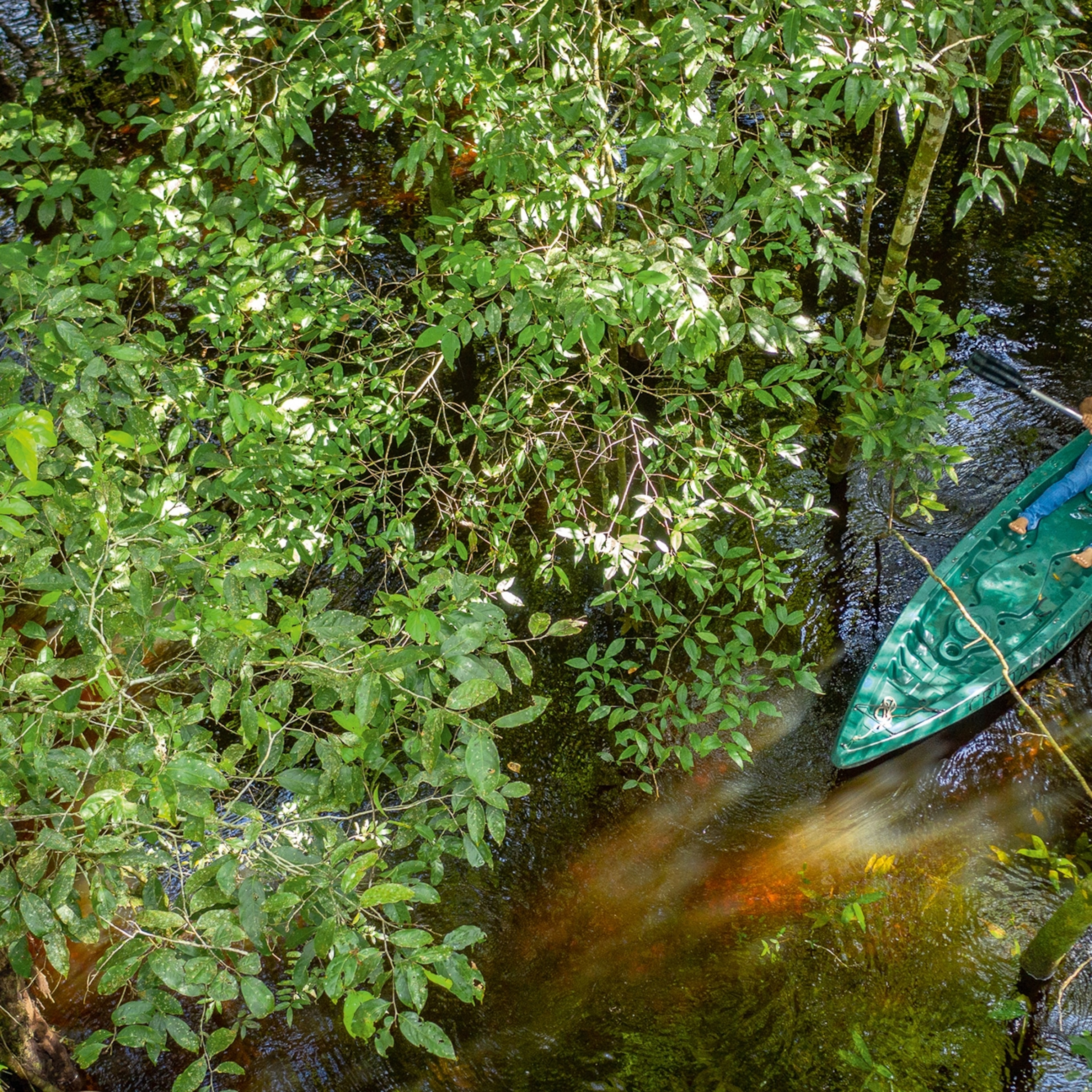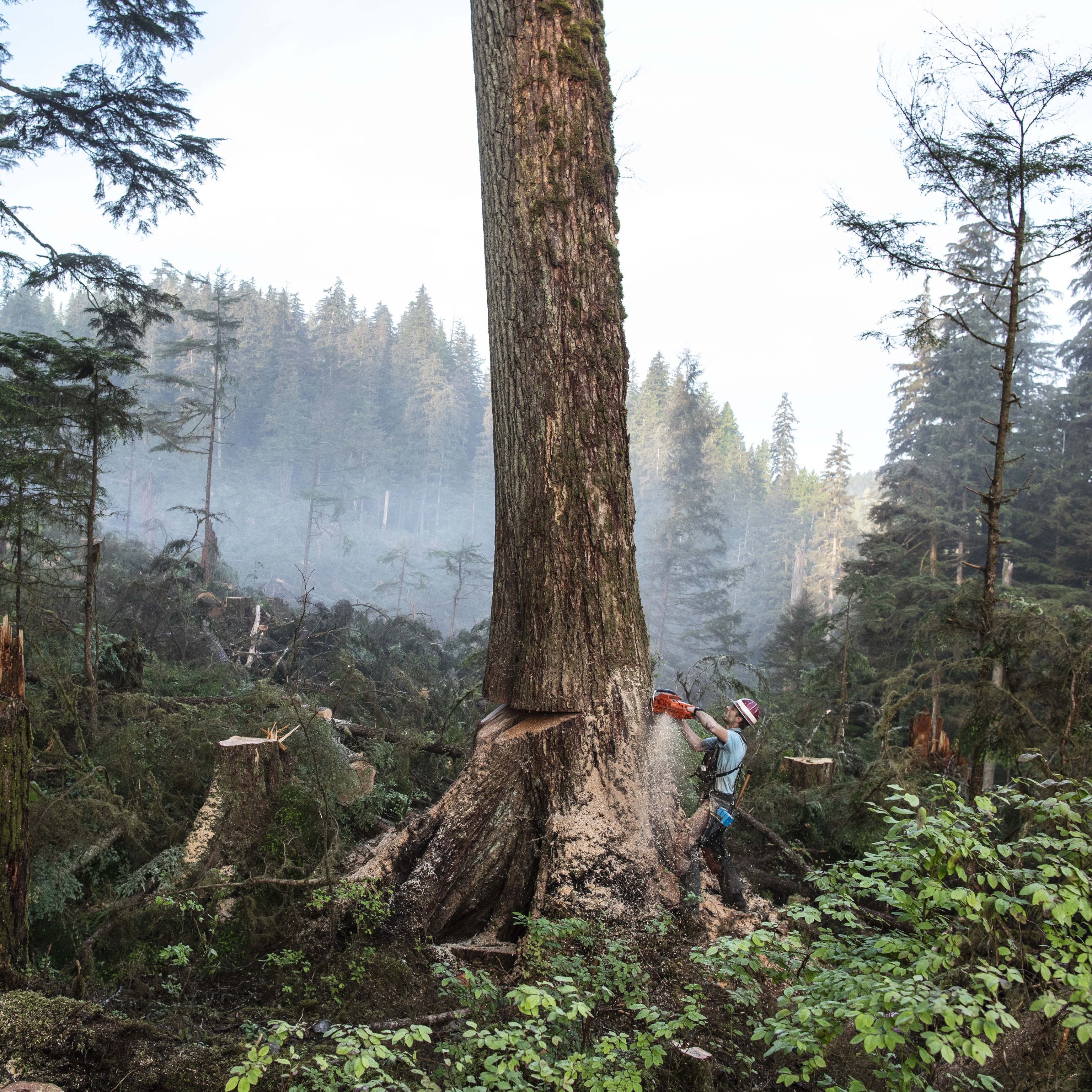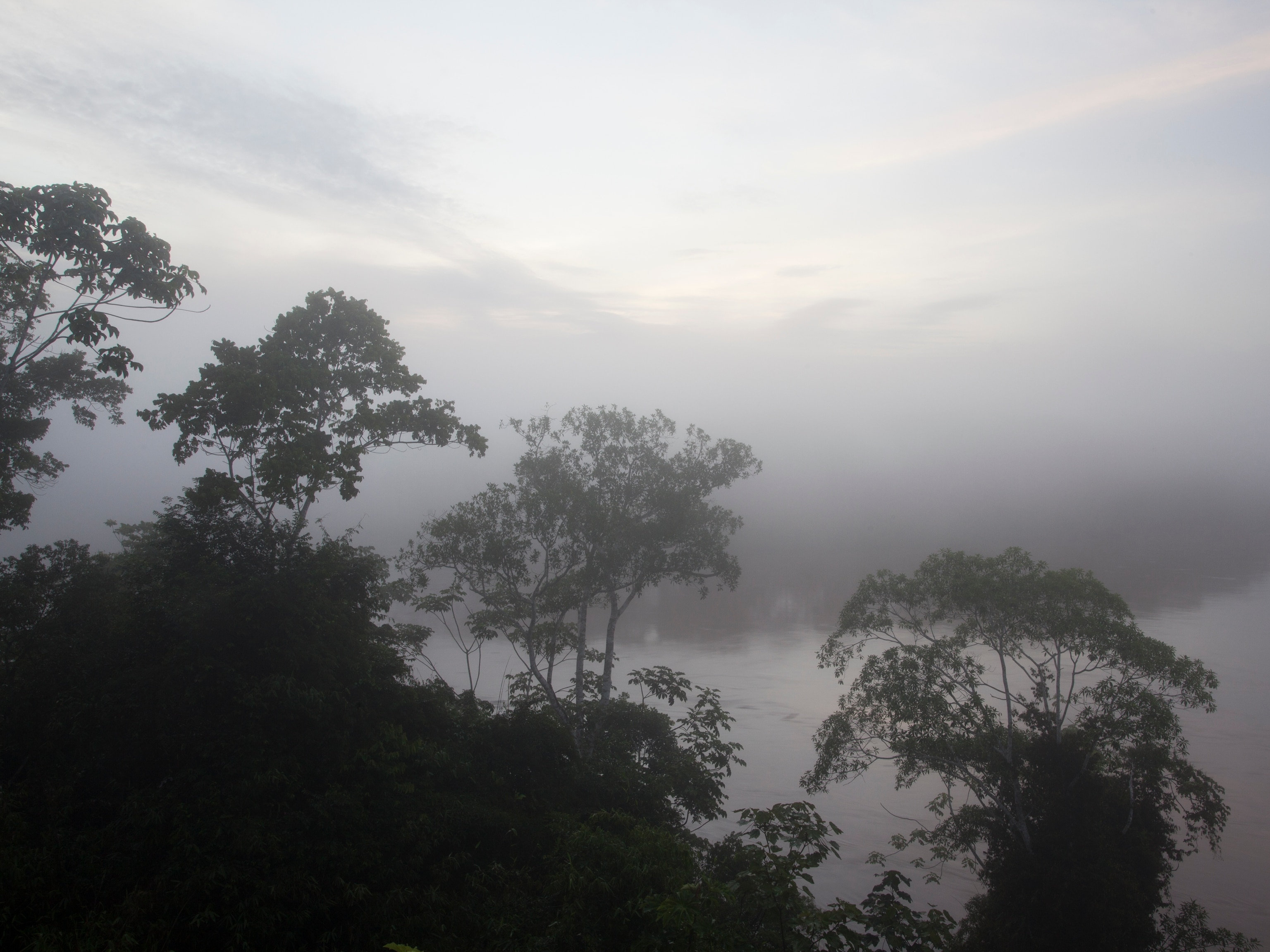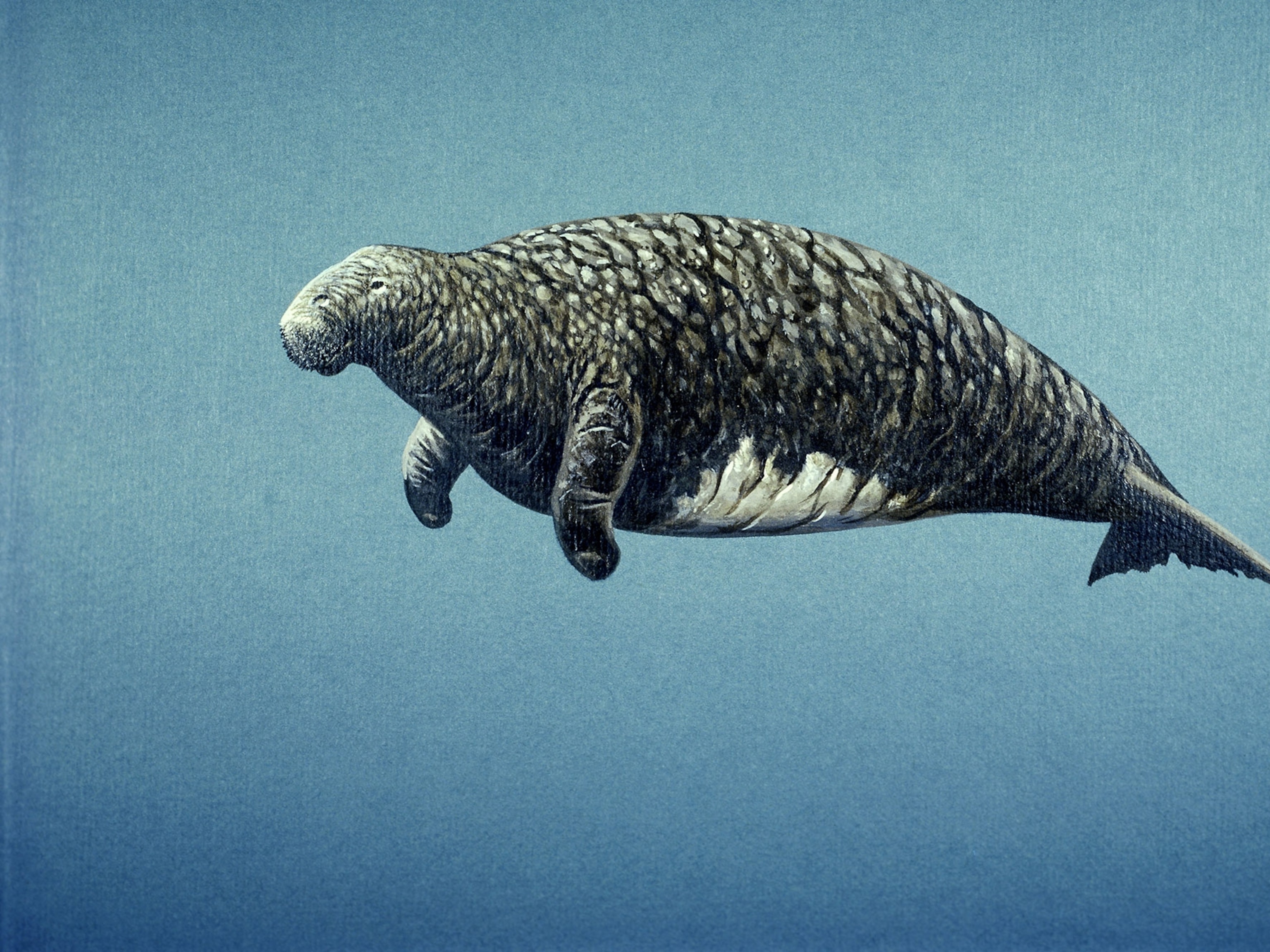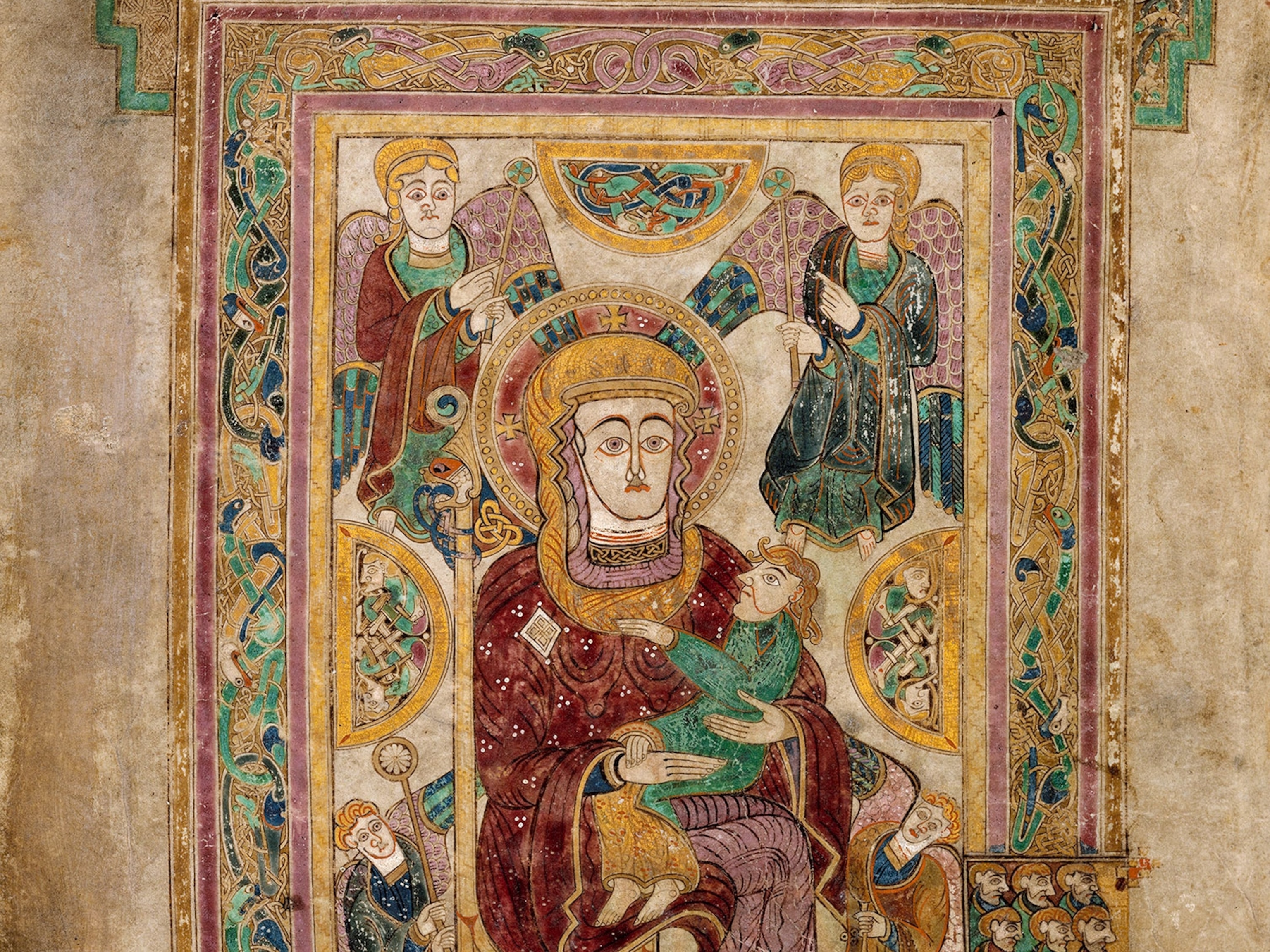
The Sixth Extinction: A Conversation With Elizabeth Kolbert
Humanity's "most enduring legacy" will be our effect on the rest of life on Earth.
In her new book The Sixth Extinction: An Unnatural History, Elizabeth Kolbert describes traveling the world to document the mass extinction of species that seems to be unfolding before our eyes. There have been five comparable crises in the history of life on Earth, she writes, but this one is different: It's being caused by us.
Kolbert, a staff writer for the New Yorker, is also a contributor to National Geographic magazine, and her new book is informed by reporting she did for this magazine on the Anthropocene, or "the Age of Man," ocean acidification, and captive breeding in zoos. She is drawn to gloomy subjects—her previous book, Field Notes from a Catastrophe, was on climate change—but what's exceptional about Kolbert's writing is the combination of scientific rigor and wry humor that keeps you turning the pages.
Her subject this time is what she sees as the tragedy at the very core of human nature: "The qualities that made us human to begin with: our restlessness, our creativity, our ability to cooperate to solve problems and complete complicated tasks," Kolbert writes, are leading us to change the world so rapidly and profoundly that other species can't keep up. National Geographic reached Kolbert in New York to talk about it.
The title of your last chapter is "The Thing With Feathers," an allusion to Emily Dickinson's poem about hope. But the message I got from your book was basically "The thing with feathers is dead." Is that a fair summary?
The focus of the last chapter is Kinohi, a Hawaiian crow, one of only about a hundred left on the planet. He's a very personable, charismatic bird. There's a breeding facility on Maui, and Kinohi's genetic material is crucial to this breeding effort—but he wasn't giving any up. He was refusing to mate. He doesn't see himself as a bird, is the theory, because he was raised by people.
So they took him to the veterinary hospital of the San Diego Zoo, and he has a really palatial setup you can walk into, lots of toys, and he hops over to say hi. Barbara Durrant, a reproductive physiologist at the zoo, spends many hours stroking Kinohi in a way that a male bird is supposed to find very exciting, so that he will come through with some of his genetic material, and she can rush to Maui and inseminate a female bird. When I was there, which was about a year ago, he had not yet come through.
That story seemed to bring together all these qualities of being human that in some sense are really the subject of the book. It's about people's amazing resourcefulness and concern, about people making more and more heroic efforts to try to save pieces of the natural world—and meanwhile it continues to be under greater and greater assault.
So the thing with feathers is hope, of which there's not a lot at the end of the book. But it's also Kinohi, which you can see as either hopeful or not, depending on how you want to look at that story.
There are other birds in the book. You climbed a tower in the Brazilian rain forest to listen for them with Mario Cohn-Haft, an ornithologist.
It was a meteorological tower, and it was a complete wreck when I was there—the maintenance work had not been done for some time. When you're there right at dawn, you're looking over this vast expanse of green treetops, and you're hearing a lot of birds calling, because that's when they're active. An inexperienced person won't see anything. But Mario has this amazing ear: He can identify virtually every bird in the Amazon rain forest—we're talking about 1,300, 1,400 birds—by their call. So he would hear something and could trace it back to where it was emanating from.
And he had this iPod loaded with birdsongs. When he would hear something he could flip through the tunes and play that song back to the bird to try to get it to call again, so that we could figure out where it was. I saw some extraordinary birds that way—through a very powerful scope, I should say.
Later you visited one of the patches of forest that naturalist Tom Lovejoy has managed to preserve, where he and other scientists have been studying the effects of fragmentation on the forest.
The result of that experiment has been to show that these patches just bleed species. We were in a 25-acre patch, all completely surrounded by land that had been cleared and burned several times. In fairness, we were there at high noon, which is not a good time to see or hear birds. But we only heard—I believe it was two birds calling at that point. And they were very common birds.
What's the evidence that we're living through a mass extinction comparable to the one at the end of the Cretaceous period, when an asteroid impact wiped out the dinosaurs and three-quarters of all species on Earth?
One of the difficulties in looking at extinction rates is we don't know what the denominator is—we don't know what's in the rain forest. In the book I talk about this incredible array of estimates there are for insects, which make up the bulk of the species in the Amazon.
I think where we get the most powerful evidence that an extinction event is going on is from those groups that we know very well—mammals, or reptiles, or birds. Even though you occasionally find a new mammal, it's pretty rare. So you have a pretty good sense of what mammals exist in the world, and at what rate they are becoming endangered, critically endangered, and then extinct.
When you look at that you say, "Wow, something really big is going on." But there are a lot of pretty ominous signs even from invertebrates.
You write that we're putting other species in a double bind: forcing them to move by changing the climate, and at the same time making it harder for them to move.
Pretty much everything now is on the move or should be on the move. I think it's 30 feet a day you've got to be moving, toward the Poles or upslope, if you want to track the climate. Some things are moving very fast; some things are not.
In the past we know that some species have survived pretty dramatic climate swings by moving. But now you have the problem that where you might need to move is either bisected by a road or completely occupied by Los Angeles or São Paolo. So you're bringing both of those forces to bear.
Aren't we part of the natural world? Won't evolution allow organisms to adapt to us and our impact on the world?
Well, that is the $64 trillion question. If we were doing just one of these things, we could precipitate a mass extinction. It turns out we're doing several at the same time. We're not just warming the world, we're cutting down the rain forest. We're not just cutting down the rain forest, we're moving invasive species into the rain forest. So you just add these all up, and you say, that's a lot, and that's how you get to saying: We are the asteroid now. The asteroid also had a lot of different effects, and it didn't end too well.
Our ancestors did okay, though.
It ended okay for our relative, whatever that was—some little shrewlike creature who crawled through the end of the Cretaceous. So then the question is, What is going to crawl through this moment? That's the big question.
And to say that we are part of the natural world, or not—I think that is absolutely the subject of the book. What are we? To the extent that the asteroid is a part of the natural world, we are. And to the extent that the asteroid is not part of the natural world, then I guess you could say we're not. We occupy a very, very unusual position in the whole history of the planet. That is really the point of the book.
You don't write much here about the effort to conserve habitat—but your next assignment for National Geographic magazine is to write about the 50th anniversary of the Wilderness Act. Is there any chance that wilderness will be the preservation of the world?
In a period of rapid change, one of the few things we know how to do is to try to leave as many places alone as possible. Big places, so that if things need to move they can, so that evolution can take its course. If these things can adapt, they will—but the point would be to give as many organisms as possible a chance to make it through this moment, by leaving food webs as intact as they still are. Many people said the same thing to me: That's our best shot.


